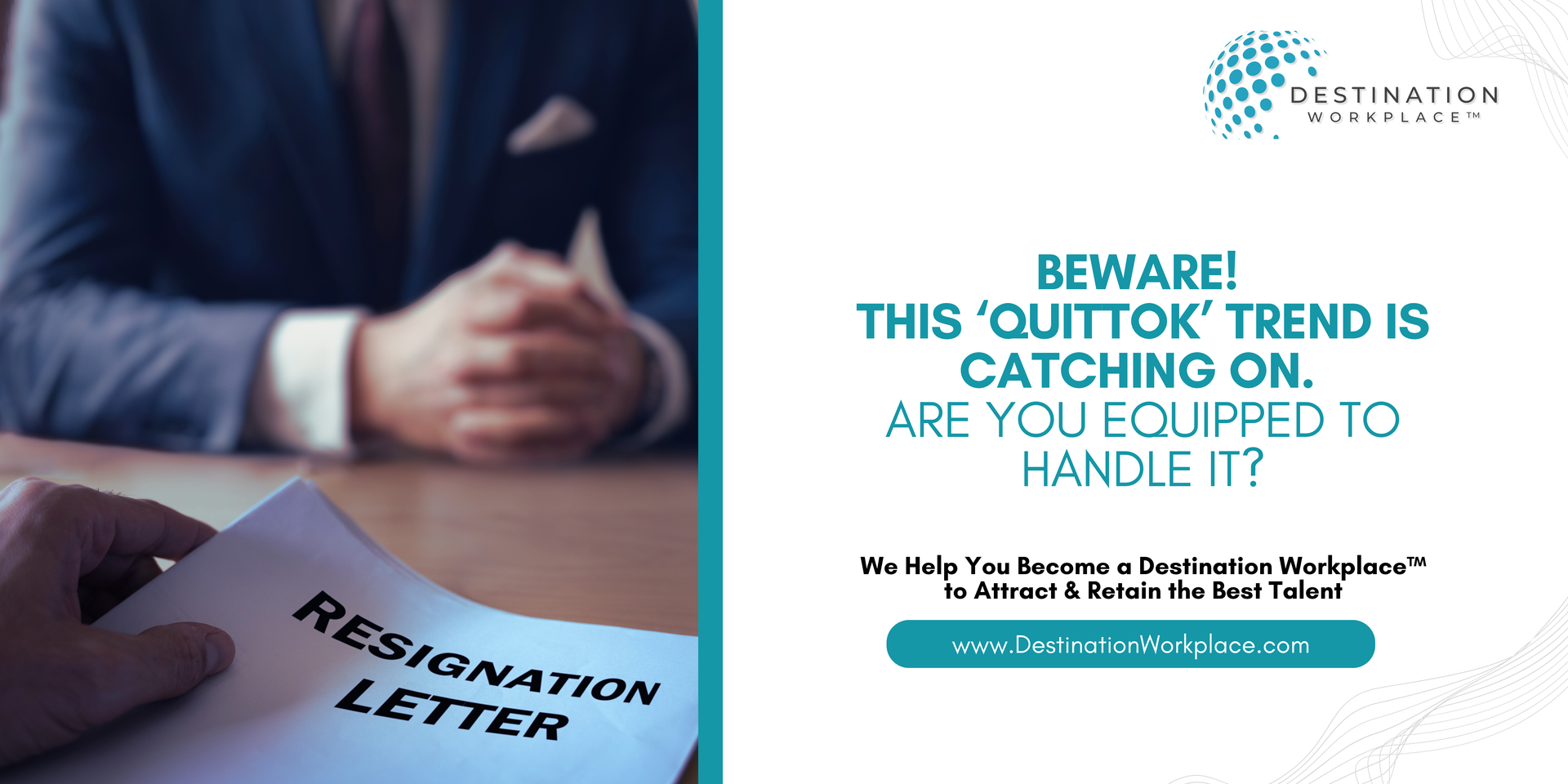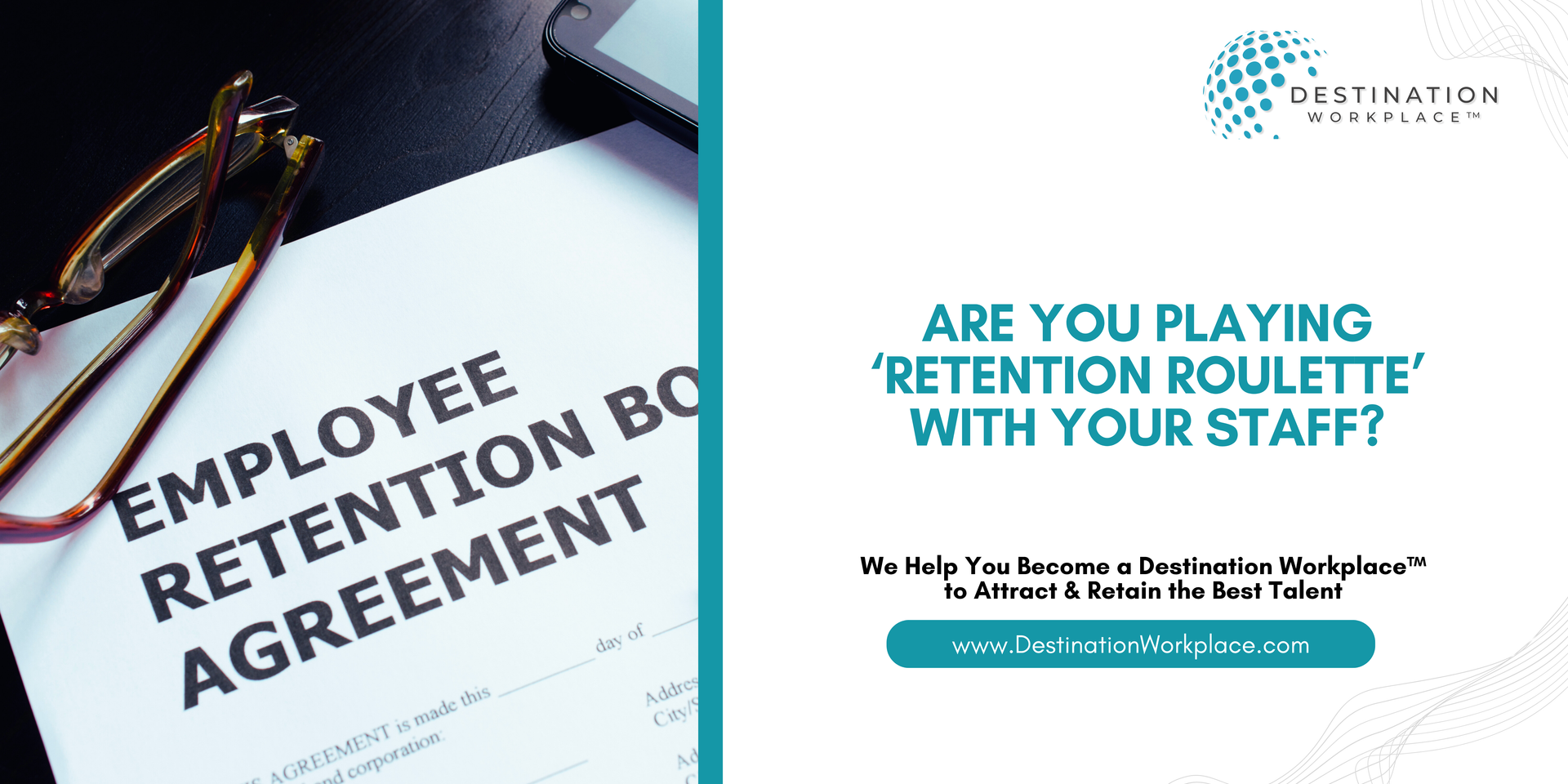How you choose to give feedback to someone will either leave them feeling inadequate, or empowered. If they’re left feeling inadequate, they will always rely on you to fix the problem. On the other hand, if they’re left feeling empowered, they will most likely take initiative to fix issues themselves. Staying positive when giving feedback or constructive criticism can help your employee see the opportunity in fixing mistakes on their own. So let me give you 3 positive feedback examples for improving mistakes.
First, there are 2 things to consider when giving negative feedback or criticism:
- Timing
- Type of Feedback
Here are a few timing questions to ask yourself before giving feedback:
1. Are they around others?
One of the
top 5 things employees say they need to have job satisfaction
is to be disciplined tactfully, and nothing is more tactless than giving someone negative feedback in front of customers or other co-workers.
2.
Do they have a project deadline?
If they’re working toward a tight deadline for the day, negative feedback can derail their focus, so it’s best to give any negative feedback at the end of the day when someone is on a close deadline.
3. What mood are they in?
If someone’s already in a bad mood that may not be the best time to give them negative feedback. Either wait until they liven up, or save it for the end of the day.
Next, we need to choose what type of feedback is appropriate.
Here are 3 positive feedback examples for improving mistakes:
1. Great job-Next Time-So that:
You would use this type of feedback when someone has made a mistake on a new assignment or project they’ve been given.
Example:
“Mary,
great job
on getting the customer report done 2 hours early.
Next time
make sure you cc the Director of Sales in your email
so that
he’s aware of any potential complaints about the sales process.”
2. The Sandwich Approach:
This is when you sandwich the negative feedback between two positives.
- Give them positive feedback. (Something they’ve done well.)
- State the area needing improvement.
- Point out a strength of theirs.
Example:
Step 1: Positive Feedback First
“Dan, I want to thank you for doing payroll this week. It’s an important part of being the new team lead, as it will help you as you continue to move up within the company.”
Step 2: Area of Improvement
“I noticed that this past week’s payroll was incorrect in a couple of areas and I need to discuss with you how we can avoid that happening in the future.” (Discuss details and how to improve)
Step 3: Strengths
“Thank you, Dan. You’ve brought some great ideas to the table that will help improve the payroll process from here on out. I appreciate your input.”
3. Group Feedback:
When a team has achieved something together it should be acknowledged. However, when a team fails to achieve something together, it needs to be addressed as well. When you acknowledge their effort as a team it helps reinforce team accountability.
Here are the steps to give positive feedback for team mistakes:
1. Praise them for what they did right.
It’s easy to find the faults in their work, but it’s your job as their leader to also find their strengths. What did they do that actually worked? Did they do anything to help improve the process? Did they work well together? The more you acknowledge the positive behaviors, the more likely they are to repeat them.
2. Ask them what went wrong.
Your biggest asset is your team because they can often identify problems where you may not see them. Also, by having them state their mistakes, it forces them to own up to the responsibility of fixing it.
3. Give them a next steps action plan.
Don’t just leave them hanging in the lurks to try and figure out their next steps. Guide them with a clear plan that includes action steps that both you and the team provides together. Giving positive feedback for innovative problem solving helps people see the opportunity in fixing mistakes on their own.
Giving feedback doesn’t have to be a painful process for the employee or yourself. Try using these 3 positive feedback examples the next time someone on your team makes a mistake.
How you choose to give feedback to someone will either leave them feeling inadequate, or empowered. If they’re left feeling inadequate, they will always rely on you to fix the problem. On the other hand, if they’re left feeling empowered, they will most likely take initiative to fix issues themselves. Staying positive when giving feedback or constructive criticism can help your employee see the opportunity in fixing mistakes on their own. So let me give you 3 positive feedback examples for improving mistakes.
First, there are 2 things to consider when giving negative feedback or criticism:
- Timing
- Type of Feedback
Here are a few timing questions to ask yourself before giving feedback:
1. Are they around others?
One of the top 5 things employees say they need to have job satisfaction is to be disciplined tactfully, and nothing is more tactless than giving someone negative feedback in front of customers or other co-workers.
2. Do they have a project deadline?
If they’re working toward a tight deadline for the day, negative feedback can derail their focus, so it’s best to give any negative feedback at the end of the day when someone is on a close deadline.
3. What mood are they in?
If someone’s already in a bad mood that may not be the best time to give them negative feedback. Either wait until they liven up, or save it for the end of the day.
Next, we need to choose what type of feedback is appropriate.
Here are 3 positive feedback examples for improving mistakes:
1. Great job-Next Time-So that:
You would use this type of feedback when someone has made a mistake on a new assignment or project they’ve been given.
Example:
“Mary, great job on getting the customer report done 2 hours early. Next time make sure you cc the Director of Sales in your email so that he’s aware of any potential complaints about the sales process.”
2. The Sandwich Approach:
This is when you sandwich the negative feedback between two positives.
- Give them positive feedback. (Something they’ve done well.)
- State the area needing improvement.
- Point out a strength of theirs.
Example:
Step 1: Positive Feedback First
“Dan, I want to thank you for doing payroll this week. It’s an important part of being the new team lead, as it will help you as you continue to move up within the company.”
Step 2: Area of Improvement
“I noticed that this past week’s payroll was incorrect in a couple of areas and I need to discuss with you how we can avoid that happening in the future.” (Discuss details and how to improve)
Step 3: Strengths
“Thank you, Dan. You’ve brought some great ideas to the table that will help improve the payroll process from here on out. I appreciate your input.”
3. Group Feedback:
When a team has achieved something together it should be acknowledged. However, when a team fails to achieve something together, it needs to be addressed as well. When you acknowledge their effort as a team it helps reinforce team accountability.
Here are the steps to give positive feedback for team mistakes:
1. Praise them for what they did right.
It’s easy to find the faults in their work, but it’s your job as their leader to also find their strengths. What did they do that actually worked? Did they do anything to help improve the process? Did they work well together? The more you acknowledge the positive behaviors, the more likely they are to repeat them.
2. Ask them what went wrong.
Your biggest asset is your team because they can often identify problems where you may not see them. Also, by having them state their mistakes, it forces them to own up to the responsibility of fixing it.
3. Give them a next steps action plan.
Don’t just leave them hanging in the lurks to try and figure out their next steps. Guide them with a clear plan that includes action steps that both you and the team provides together. Giving positive feedback for innovative problem solving helps people see the opportunity in fixing mistakes on their own.
Giving feedback doesn’t have to be a painful process for the employee or yourself. Try using these 3 positive feedback examples the next time someone on your team makes a mistake.
Tweet it!
You will never be able to see someone’s strengths when you’re focused on their weaknesses.
Click To Tweet
Betsy Allen-Manning
Leadership Speaker | Best Selling Author | Human Behavior Expert
www.BetsyAllenManning.com
Learn it & Live it!
1. Comment below on which of the 3 Positive Feedback Examples For Improving Mistakes you will use first with your employees. If you want to dive deeper into building trust, respect and influence as a leader, go get a copy of my audiobook, The TRIUMPH Method , where I walk you through 7 Simple Steps For Developing Committed and Highly Motivated Teams.
2. Don’t forget to subscribe to the blog and get your FREE copy of, The Leadership Productivity Formula”-10 Ways to Beat Procrastination and Get Stuff Done.
3. Come join me over on my Facebook page and feel free to ask me questions that you struggle with as a leader , and I’ll answer them in upcoming blogs.
4. If you or your company want more advanced training or are looking for a keynote speaker for your next event, contact me here to come in and train your leaders or speak at your next function.
Share the Quote Love!



















